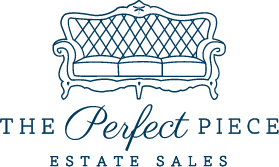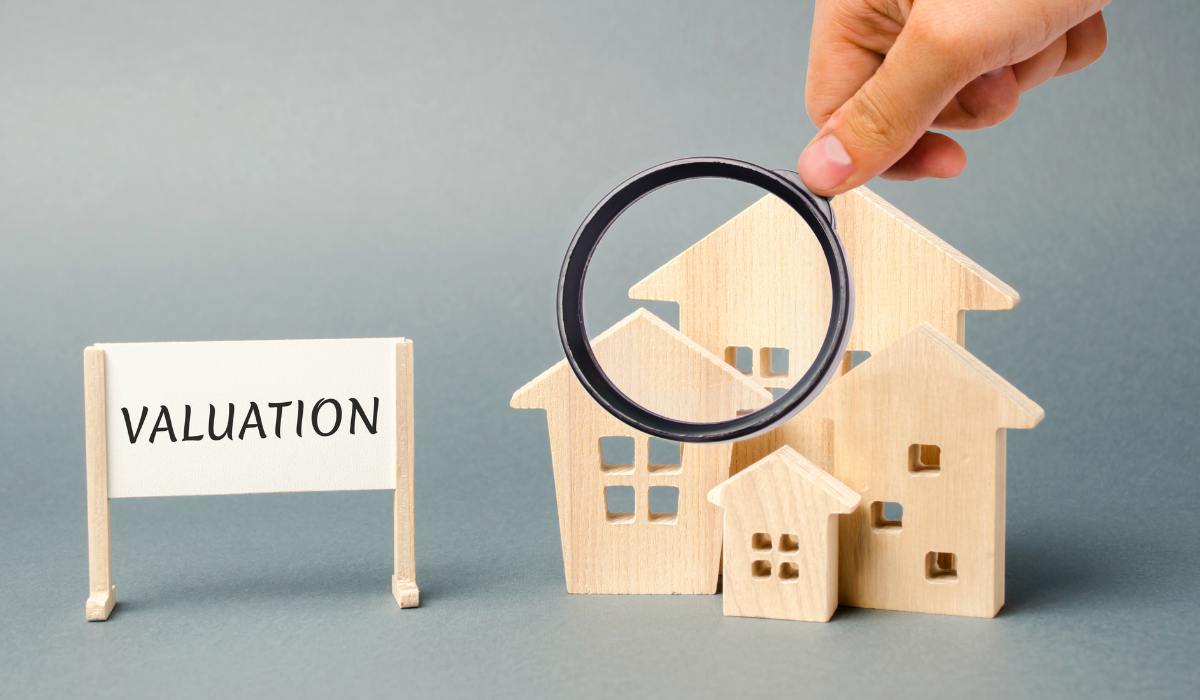What Methods Are Used to Value Unique Assets in an Estate?
When it comes to estate planning and settlement, accurately valuing unique assets is crucial.
Unique assets, unlike standard financial instruments or real estate , require specialized approaches for proper valuation.
These assets can range from artwork and antiques to intellectual property and rare collectibles.
Understanding the methods used to value these assets ensures fair distribution and proper tax calculations.
Below, we explore the various techniques employed to appraise unique assets in an estate.
Market Comparison Approach
The market comparison approach, also known as the sales comparison approach, involves evaluating the asset based on the sale prices of similar items in the market.
This method is commonly used for assets such as real estate, vintage cars, and collectibles.
- Steps Involved:
- Identify similar assets that have been sold recently.
- Adjust for differences between the subject asset and the comparables (e.g., condition, rarity).
- Derive a value based on these comparisons.
- Advantages:
- Reflects current market trends.
- Provides a tangible benchmark based on actual sales.
- Challenges:
- Finding indeed comparable assets can be complex.
- Market data for very unique or rare items may be scarce.
Income Approach
The income approach estimates the value of an asset based on the income it generates.
This method is beneficial for assets like rental properties, patents, trademarks, and other forms of intellectual property.
- Steps Involved:
- Estimate the future income stream from the asset.
- Discount the future income to its present value using an appropriate discount rate.
- Advantages:
- Provides a clear financial rationale for the valuation.
- Useful for assets that produce regular income.
- Challenges:
- Requires accurate income projections.
- Choosing the correct discount rate can be complex.
Cost Approach
The cost approach values an asset based on the cost to replace it with a similar item, considering factors like depreciation.
This method is often applied to items such as custom-built properties or rare antiques.
- Steps Involved:
- Determine the current replacement cost of the asset.
- Subtract depreciation or obsolescence to arrive at a fair value.
- Advantages:
- Provides a straightforward valuation based on tangible expenses.
- Useful for assets where replacement cost is relevant.
- Challenges:
- It may reflect something other than the market value, especially for highly unique items.
- Depreciation estimates can be subjective.

Professional Appraisal
Professional appraisals are often the most reliable method for valuing highly unique assets.
Expert appraisers use their specialized knowledge and experience to provide an accurate valuation.
- Steps Involved:
- Engage a qualified appraiser with expertise in the specific asset type.
- The appraiser conducts a detailed examination and analysis.
- A formal appraisal report is generated, providing the estimated value.
- Advantages:
- Provides a credible and defensible valuation.
- Experts can account for nuances that other methods may miss.
- Challenges:
- It can be costly and time-consuming.
- The quality of the appraisal depends on the expertise of the appraiser.
Auction Results
For assets commonly sold at auctions, such as fine art, rare books, and antiques, auction results can provide a clear indicator of value.
- Steps Involved:
- Review recent auction sales for similar items.
- Analyze the sales data to determine an estimated value.
- Advantages:
- Reflects the actual prices paid by buyers in a competitive market.
- Auction houses often have detailed records and analyses.
- Challenges:
- Auction results can be volatile and influenced by many factors.
- Not all unique assets are suitable for auction.
Insurance Appraisal
Insurance appraisals are conducted to determine the replacement value of an asset for insurance purposes.
While this method focuses on replacement cost, it can also inform the overall value of the investment.
- Steps Involved:
- Obtain an appraisal from an insurance professional.
- Determine the replacement cost based on current market conditions.
- Advantages:
- Ensures the asset is adequately insured.
- Provides a basis for understanding the asset’s worth.
- Challenges:
- Replacement cost may differ from fair market value.
- Insurance appraisals may be conservative in their estimates.
Income Capitalization Approach
Similar to the income approach, the income capitalization approach focuses on the potential income generated by an asset but emphasizes the long-term income stream and the capitalization rate.
This method is commonly used for commercial real estate, royalties from intellectual property, and leased assets.
- Steps Involved:
- Project the future income stream over the asset’s useful life.
- Apply a capitalization rate that reflects the risk associated with the income stream.
- Calculate the present value of the income stream to determine the asset’s value.
- Advantages:
- Incorporates both short-term and long-term income expectations.
- Accounts for the asset’s income-generating potential comprehensively.
- Challenges:
- Requires accurate long-term income projections.
- Determining the appropriate capitalization rate can be subjective and complex.
Excess Earnings Method
The excess earnings method is used primarily to value businesses that possess intangible assets or have unique earning potential beyond tangible assets.
It determines the company’s value by separating the return on tangible assets from the additional earnings attributable to intangible assets or unique capabilities.
- Steps Involved:
- Determine the value of tangible assets separately.
- Calculate the average earnings generated by tangible assets.
- Assess the additional earnings attributable to intangible assets or unique capabilities.
- Apply a capitalization rate to the excess earnings to determine their present value.
- Advantages:
- Provides a structured approach to value businesses with unique earning potentials.
- It helps differentiate the value contributed by intangible assets.
- Challenges:
- Requires detailed financial analysis and understanding of the business’s operations.
- Intangible assets’ valuation can be subjective and complex.
Comparable Transactions
For assets where direct market comparisons are limited, comparable transactions can provide valuable insights.
This method involves reviewing recent transactions involving similar assets to gauge their market value.
- Steps Involved:
- Identify recent transactions involving similar assets.
- Analyze the transaction details, including sale prices, terms, and conditions.
- Adjust for differences between the subject asset and the comparables to derive a fair market value.
- Advantages:
- Reflects actual transactions in the marketplace.
- Valid when market data for direct comparisons is sparse.
- Challenges:
- Finding truly comparable transactions can be challenging.
- Transactions may not fully represent the asset’s unique qualities or condition.
Discounted Cash Flow (DCF) Analysis
DCF analysis estimates the present value of future cash flows generated by an asset, considering the time value of money.
This method is suitable for valuing assets with predictable cash flows over time, such as investment properties or long-term leases.
- Steps Involved:
- Forecast the future cash flows expected from the asset.
- Apply a discount rate that reflects the asset’s risk and the time value of money.
- Calculate the present value of the projected cash flows to determine the asset’s value.
- Advantages:
- Incorporates the asset’s future income potential and risk.
- Provides a rigorous quantitative approach to valuation.
- Challenges:
- Requires accurate cash flow projections, which can be uncertain for unique assets.
- Choosing the appropriate discount rate is critical and can be subjective.
Conclusion
Valuing unique assets in an estate demands a nuanced approach that considers the asset’s characteristics, market conditions, and future income potential.
While traditional methods like market comparison, income, and cost approaches form the foundation, specialized techniques such as income capitalization, excess earnings, and discounted cash flow analysis offer deeper insights into complex assets.
Leveraging professional appraisals, auction results, and comparable transactions further enhances the accuracy of valuation.
By combining these methodologies judiciously, estate planners and executors can ensure fair distribution, comply with legal requirements, and optimize tax strategies effectively.
Visit The Perfect Piece Atlanta for expert assistance in valuing unique assets and navigating estate planning.
Their experienced team provides comprehensive appraisal services tailored to your estate needs.
FAQs
How does the Market Comparison Approach work for valuing unique assets?
This approach evaluates assets by comparing them with similar items recently sold in the market. Differences in condition, rarity, and other factors are adjusted to arrive at a fair market value.
When is the Income Approach used for valuation?
The Income Approach estimates an asset’s value based on the income it generates, making it suitable for assets like rental properties, patents, and trademarks. It calculates the present value of future income streams using discount rates.
What is the Cost Approach, and when is it applied?
The Cost Approach values assets based on their replacement cost, considering depreciation. It’s used for items such as custom-built properties and rare antiques, providing a straightforward valuation based on tangible expenses.
Why should I consider a Professional Appraisal for unique assets?
Professional appraisers offer credible and defensible valuations based on their expertise. They conduct thorough examinations and provide formal appraisal reports, ensuring accurate valuation for estate planning purposes.
How reliable are Auction Results for valuing unique assets?
Auction results provide insights into market value based on actual sales. They are handy for assets like fine art and rare collectibles, although auction dynamics and buyer interest can influence them.
What role does an Insurance Appraisal play in valuing unique assets?
Insurance appraisals determine the replacement cost of assets for insurance purposes. While focused on replacement value, they also offer insights into an asset’s overall worth, ensuring adequate insurance coverage.
How does the Income Capitalization Approach differ from the Income Approach?
The Income Capitalization Approach projects an asset’s income over its helpful life and applies a capitalization rate reflecting income risk. It considers both short-term and long-term income expectations, providing a comprehensive valuation.
When should I use the Excess Earnings Method for valuation?
The Excess Earnings Method is suitable for valuing businesses with unique earning potential from intangible assets. It separates the value of tangible assets from additional earnings attributable to intangibles, offering a structured approach to business valuation.
The post What Methods Are Used to Value Unique Assets in an Estate? appeared first on Perfect Piece.











